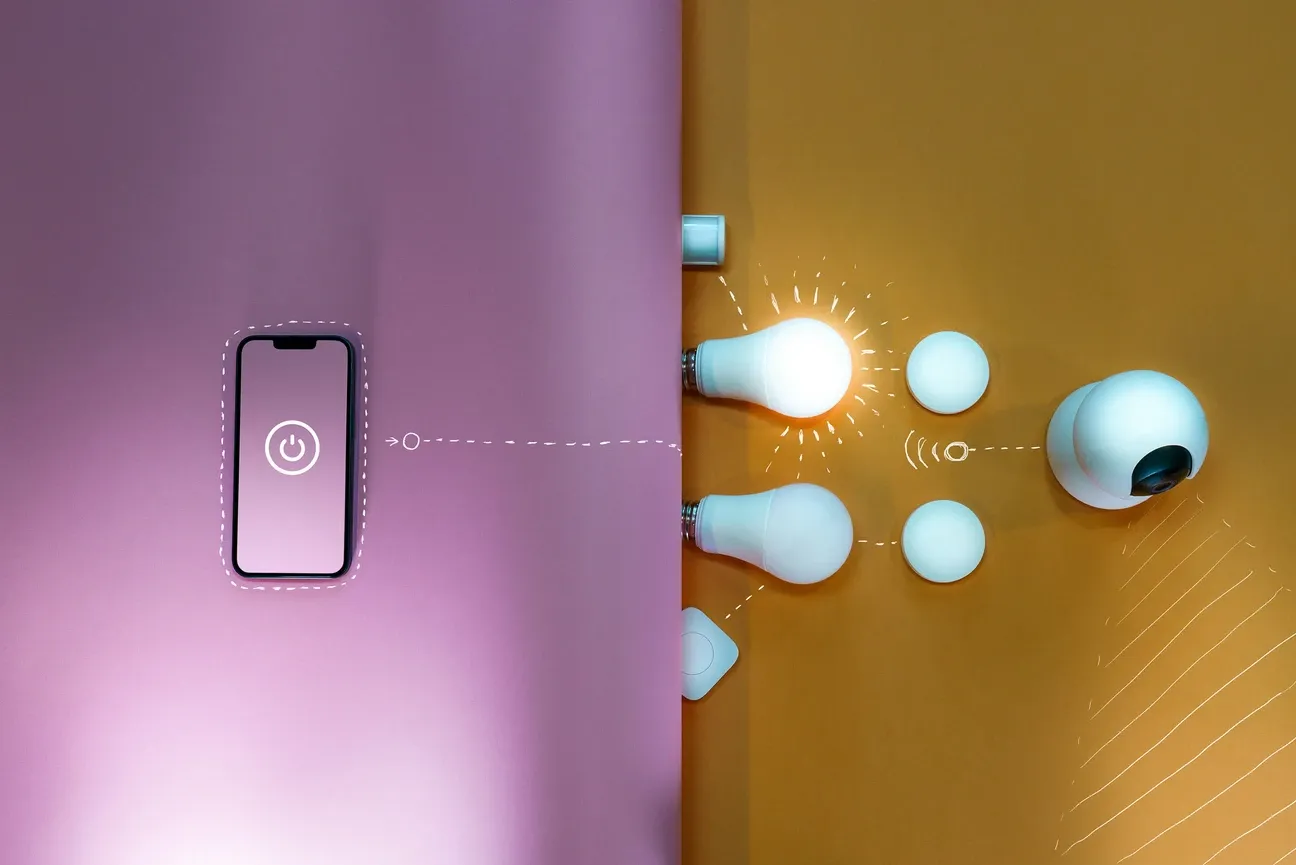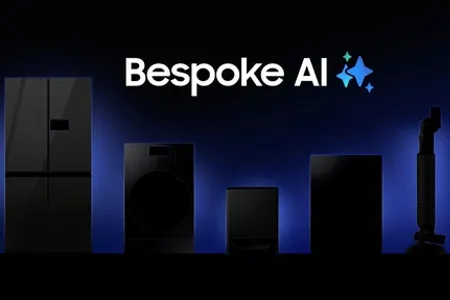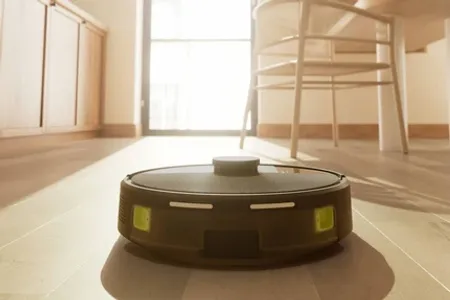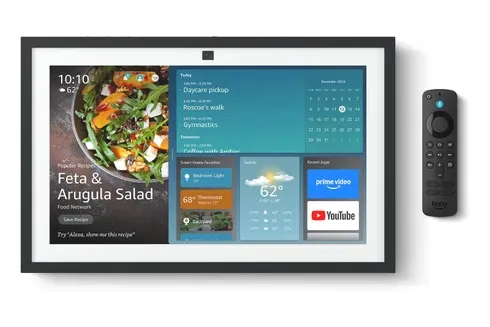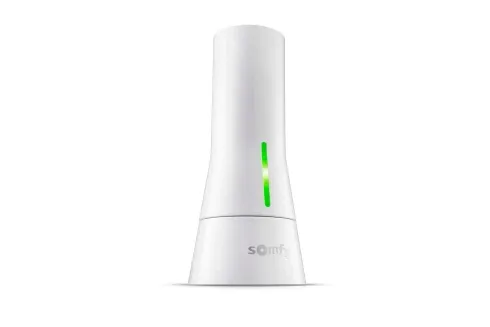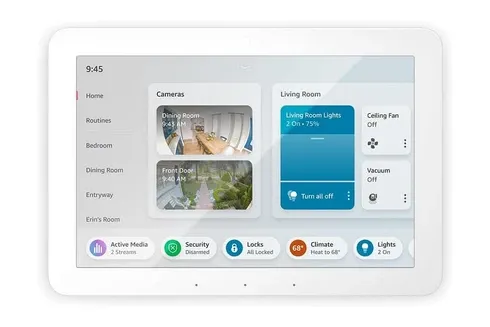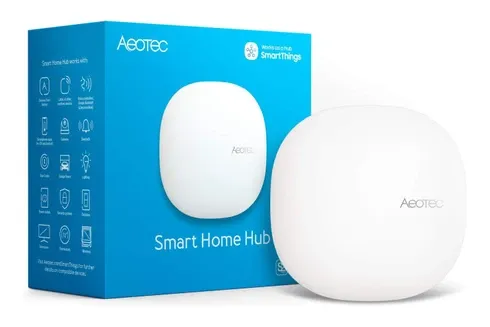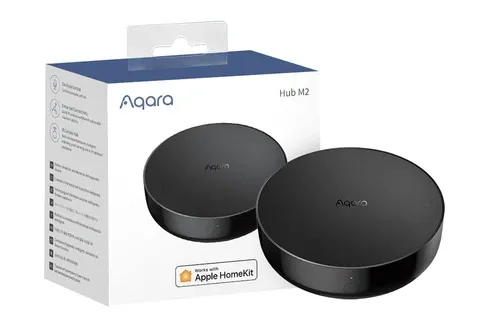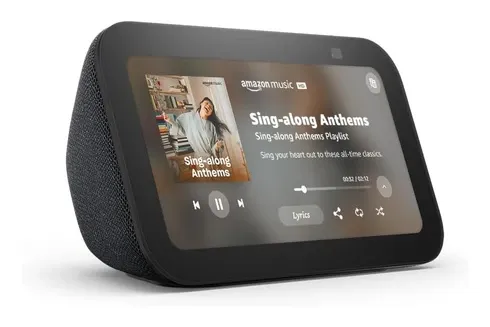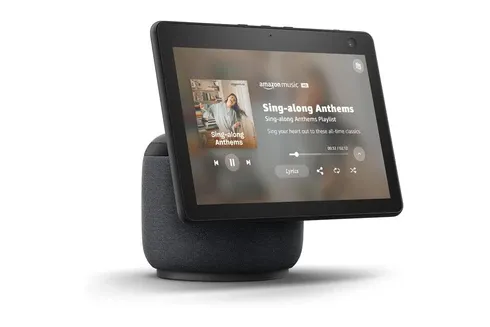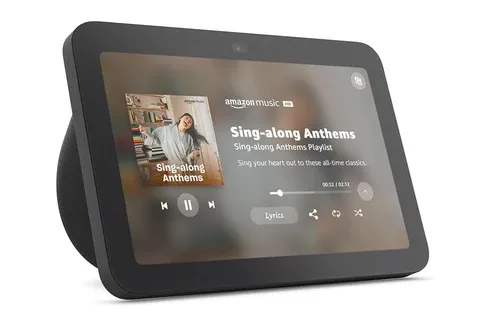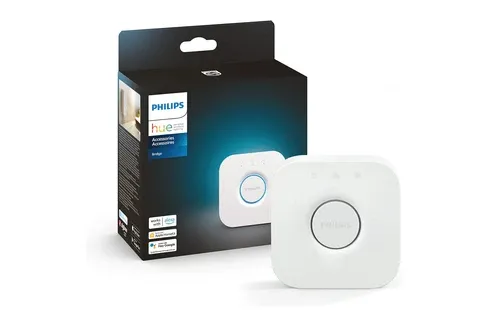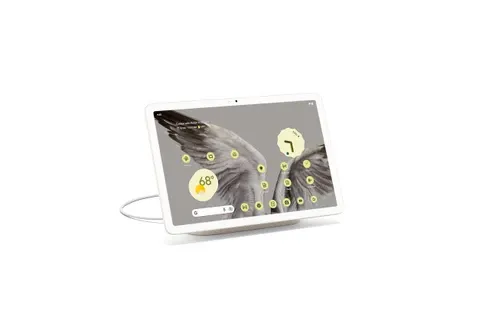What is a Smart Home Hub?
A Smart Home Hub serves as the central system that connects all your smart devices, allowing them to communicate with each other and work harmoniously. Whether it's your lights, thermostat, or security cameras, this device ensures seamless control and automation of every part of your smart home ecosystem.
Smart home hubs act as the nervous system of your connected environment, seamlessly integrating diverse devices into a single, cohesive network. By linking disparate technologies, they enable a smooth and efficient experience for homeowners, ensuring that every component, from the simplest light bulb to the most advanced security camera, operates in unison. This centralized functionality provides a level of control and customization that would otherwise be impossible, transforming ordinary houses into fully automated, responsive living spaces.
Why You Need a Smart Home Hub
Many smart devices from different manufacturers use various communication protocols such as Wi-Fi, ZigBee, or Z-Wave. A smart home hub acts as a translator, ensuring your gadgets can communicate regardless of their protocol. Without one, you may struggle to sync and control your devices effectively.
In addition to solving protocol compatibility issues, smart home hubs simplify the process of managing multiple devices by consolidating control into one app or platform. Imagine adjusting your thermostat, dimming the lights, and locking the doors all from a single interface. This streamlined control is not only convenient but also improves the reliability of your entire system. Furthermore, smart hubs are increasingly incorporating advanced features like predictive algorithms, which learn your habits to automate repetitive tasks and further optimize your home’s functionality.
Smart home hubs also offer tailored solutions for managing all of your devices in one place. This includes solving compatibility issues between different systems and ensuring smooth integration across various brands. With the right hub, your smart home will function efficiently, providing optimal solutions for automation and energy savings.
This guide is designed to help you navigate the complexities of selecting the ultimate smart home hub that best suits your needs, ensuring you are streamlining your connected home experience with ease.
Here are some reasons why a smart home hub is essential:
- Centralized control for all smart devices
- Improved automation capabilities
- Compatibility with various protocols (Wi-Fi, ZigBee, Z-Wave)
- Enhanced home security
- Energy savings through optimized device use
These benefits go beyond mere convenience, offering tangible improvements in the quality of daily living. Enhanced security, reduced energy bills, and a smoother user experience collectively create a more harmonious and functional household. With a robust smart home hub at the heart of your setup, you can unlock the full potential of your connected devices.
Key Features to Look For
When choosing the best smart home hub for your needs, consider these important features:
1. Compatibility with Devices
Ensure that your hub is compatible with the smart home devices you own or plan to purchase. Some hubs work better with certain brands or protocols like Z-Wave or ZigBee, so do your research beforehand. This guide will help you understand how to evaluate compatibility, helping you make the ultimate choice in streamlining your home.
Another crucial aspect of compatibility is future-proofing. As technology evolves, new devices and standards emerge. Opting for a hub with broad compatibility ensures that your setup remains functional and adaptable, even as you expand your smart home ecosystem. Look for hubs with firmware update capabilities to keep up with advancements and prevent obsolescence.
2. Ease of Use
A user-friendly interface is key. You want a smart home hub that allows for easy setup, customization, and control, especially if you're not a tech expert. Apps that are intuitive and responsive can greatly enhance your smart home experience.
Beyond the initial setup, ease of use also encompasses ongoing management. Features like guided tutorials, drag-and-drop automation rules, and voice-controlled assistance can make navigating your hub a breeze. A system designed with user-centric principles ensures that even complex functionalities remain accessible and straightforward.
3. Voice Assistant Integration
Many smart hubs now come integrated with popular voice assistants like Amazon Alexa or Google Assistant. This feature lets you control your smart home through voice commands, adding another layer of convenience.
Voice assistant integration also brings accessibility benefits, making it easier for individuals with disabilities or limited mobility to interact with their smart home systems. Whether adjusting the lights, setting reminders, or accessing real-time updates, voice commands can significantly enhance the practicality and inclusivity of your smart home.
Top Smart Home Hub Options
To make things easier, here's a list of the best smart home hubs currently available:
- Samsung SmartThings Hub: Known for its compatibility with a wide range of devices, it's perfect for anyone looking for versatility.
- Amazon Echo: More than just a speaker, the Echo also serves as a smart hub when paired with other Amazon Alexa compatible devices.
- Google Nest Hub: With built-in Google Assistant, this hub offers smooth integration with other Google products and smart gadgets.
- Aeotec Smart Home Hub: This Z-Wave focused hub is great for those heavily invested in Z-Wave technology.
Each of these options brings unique advantages, catering to different user needs and preferences. While the Samsung SmartThings Hub excels in versatility, the Amazon Echo’s dual functionality as a hub and voice assistant appeals to those seeking simplicity. The Google Nest Hub’s seamless integration with Google services makes it a strong contender for those already using the ecosystem. By understanding your priorities, you can select a hub that aligns perfectly with your lifestyle.
Expanding Your Smart Home Setup
Once you've chosen your smart home hub, it's time to expand your smart home ecosystem. Here are some device categories you might want to consider:
- Smart Lighting: Control lights remotely and set schedules.
- Smart Thermostats: Manage your home's heating and cooling efficiently.
- Smart Locks: Enhance home security by controlling locks from your phone.
- Smart Cameras: Keep an eye on your home, even when you're away.
Adding devices like smart blinds, connected plugs, and advanced sensors can further elevate your home’s intelligence. For example, smart blinds can adjust automatically based on the time of day or room temperature, while connected plugs offer remote control over traditional appliances. By integrating these solutions, you can achieve a level of customization and automation that enhances both convenience and efficiency.
Final Thoughts
A smart home hub is the backbone of any smart home system, providing centralized control and seamless connectivity between your devices. Whether you're just starting out with smart home technology or looking to upgrade your current setup, choosing the right hub is key to creating a smooth and efficient smart home experience.
By considering factors like compatibility, ease of use, and voice assistant integration, you can ensure your smart home hub will meet your current and future needs. This guide aims to provide you with the ultimate resource for streamlining your smart home, ensuring that every device works together in perfect harmony. With the right setup, you’ll find the best solutions for managing your home’s automation, energy usage, and security. So take your time, explore the options, and enjoy the convenience and comfort of a well-connected home!
As technology continues to evolve, the possibilities for smart home hubs expand, promising even more innovative features and integrations. Staying informed about these developments ensures that you remain ahead of the curve, maximizing the benefits of your connected home and paving the way for a smarter, more efficient future.
